«І задля нас, людей, і нашого ради спасіння»
Бог зробив щось неймовірне — заради нас, щоб нас спасти. Він побачив, як ми заплуталися у гріхах, як самі не можемо вибратися з темряви, як тягар життя і смерть віддаляють нас від світла. І тоді — не чекаючи, поки ми самі знайдемо шлях — Він сам приходить до нас.
Це означає: Бог не стоїть осторонь. Він — за нас. Він — із нами.
Цей рядок — серце Євангелія. Як писав святий Іриней Ліонський, «Слава Божа — це живий чоловік, а життя людини — це бачити Бога». Саме для того, щоб повернути нам втрачений зв’язок із Богом, Син Божий входить у нашу історію.
Святий Афанасій Великий каже:
«Бог став людиною, щоб людина стала богоподібною».
Гріх зруйнував спілкування з Богом. І жодна людина не могла відновити це сама. Тому Сам Бог, не покидаючи небес, приходить до нас. Але не як Суддя, а як Той, Хто «покладає душу свою за друзів» (Ів. 15:13).
Це — ініціатива Божої любові, без якої наше спасіння було б неможливе.
«Зійшов із небес»
Це не про те, що Ісус просто спустився з неба, як з хмари. Це про те, що Він залишив свою славу, свою силу, свою небесну велич — і ввійшов у наш світ. У світ болю, зради, бруду, війни, несправедливості. Бог став близьким.
Це якби цар залишив палац і прийшов ночувати на вулиці — заради тих, кого любить. Але ще глибше: Він не просто прийшов — став одним із нас.
Це не означає, що Христос «вийшов» із певного місця. Бог не обмежений простором. «Зійшов» — це образ того, як Він принизив Себе, увійшов у створений світ, обмежив Себе в любові.
Апостол Павло пише:«Він, бувши в Божій природі, не вважав за здобич бути рівним Богові, але понизив Себе, ставши слугою» (Флп. 2:6–7).
А святий Григорій Богослов пояснює:
«Невидимий стає видимим, безтілесний — приймає тіло, безсмертний — входить у час і піддається стражданню… все заради тебе, людино!»
Це таємниця кенозису (грец. κένωσις) — самоприниження Бога.
«І воплотився з Духа Святого і Марії Діви»
Ісус народився не як звичайна дитина. Його зачаття було ділом Святого Духа, а не звичайної людської любові. Це значить, що в Ньому з самого початку була божественна чистота і сила.
Але народився Він від Марії Діви — тобто був справжньою людиною. У Нього було тіло, яке могло втомлюватись. Він міг плакати, радіти, боятися.
Бог — у тілі. Бог — у лоні жінки. Бог — немовля. Це не казка — це найбільша таємниця і найбільша надія нашого життя.
Тут відкривається таємниця Воплочення, яка вражала навіть ангелів.
Христос зачинається не через людську похіть, а силою Святого Духа — як сказано в Лк. 1:35:
«Дух Святий зійде на Тебе, і сила Всевишнього осінить Тебе; тому й святе, що народиться, назветься Сином Божим».
З Духа Святого — підтверджує Його Божественне походження.
І Марії Діви — підкреслює Його справжнє людство. Це не міф, не легенда — це історична подія, яка сталася в конкретному часі й місці.
Святий Йоан Дамаскин каже:
«Той, Хто є Сином Божим по природі, став Сином Людським через прийняття плоті — не перестаючи бути Богом».
Марія стає Богородицею (Θεοτόκος) — не просто «жінкою», через яку прийшло тіло, а справжньою Матір’ю втіленого Бога.
«І став людиною»
Ці слова — найпростіші, але найсильніші. Бог став людиною. Не тільки зовні — не просто вдягнувся, як у людську одежу. А по-справжньому. У Ньому — і Боже, і людське, разом, навіки.
І саме тому Він нас розуміє. Він пройшов через усе: холод, втому, самотність, страждання. Він був із нами — і залишився з нами.
Це означає: немає жодної ситуації в житті, де ми були б зовсім одні. Бо Бог — уже там, поруч. Як брат. Як Спаситель. Як Той, Хто дихає нашим повітрям, іде з нами дорогою — і веде нас у небо.
Це завершення цієї великої таємниці: Бог став людиною, не перестаючи бути Богом.
Він прийняв усе людське, крім гріха (Євр. 4:15). Його тіло — справжнє. Його душа — людська. Його розум — людський. Але з’єднане з божественною природою в одній Особі — Ісуса Христа.
Халкидонський Собор (451 р.) сформулював це так:
«Один і той самий Христос, Син, Господь, Єдинородний, визнається в двох природах, без змішування, без перетворення, без розділення, без розлучення…»
Для чого це? Щоб Він міг помирити нас з Отцем, ставши посередником.
Святий Максим Сповідник писав:
«Те, що не прийняте Христом — не спасенне. Але Він прийняв усе людське, щоб усе зцілити».
Тому — немає нічого в нас, що було б чужим для Нього. Наші страхи, біль, сум, навіть смерть — усе Він пройшов разом із нами, щоби нам відкрити вічне життя.
“And for us men, and for our salvation”
God did something unimaginable—for us, to save us.He saw how deeply we were entangled in sin, how we could not free ourselves from the darkness, how the weight of life and death pulled us away from the light. And then—without waiting for us to find a way—He came to us Himself.
This means: God is not distant. He is for us. He is with us.
This line is the heart of the Gospel.
As St. Irenaeus of Lyons wrote: “The glory of God is a living man; and the life of man is the vision of God.”
To restore our lost communion with God, the Son of God enters our history.
St. Athanasius the Great said:“God became man so that man might become godlike.”
Sin had broken our fellowship with God. And no human could restore it.
So God Himself, without leaving heaven, comes to us. But not as a Judge,
rather as the One who “lays down His life for His friends” (John 15:13).
This is the initiative of Divine love—without it, our salvation would be impossible.
“He came down from heaven”
This doesn’t mean that Jesus simply descended from a cloud.
It means He left behind His glory, His power, His heavenly majesty—and entered our world.
A world of pain, betrayal, filth, war, and injustice.
God became near.
It’s as if a king left his palace to sleep on the streets for the sake of those he loves.
But even deeper: He didn’t just visit—He became one of us.
This doesn’t mean Christ “departed” from a place—God is not bound by space.
“He came down” is an image of how He humbled Himself, entered the created world, and limited Himself in love.
St. Paul writes:
“Though He was in the form of God, He did not count equality with God a thing to be grasped, but emptied Himself, taking the form of a servant” (Phil. 2:6–7).
And St. Gregory the Theologian explains:
“The Invisible becomes visible, the Bodiless takes on a body, the Immortal enters time and suffers… all for you, O man!”
This is the mystery of kenosis (Greek: κένωσις)—God’s self-emptying.
“And was incarnate of the Holy Spirit and the Virgin Mary”
Jesus was not born as an ordinary child.
His conception was the work of the Holy Spirit—not human desire.
This means that from the very beginning, He bore divine purity and power.
But He was born of the Virgin Mary—meaning He was truly human.
He had a body that could grow tired. He could cry, rejoice, be afraid.
God—in the flesh. God—in a woman’s womb. God—as an infant.
This is not fantasy—it is the greatest mystery and the greatest hope of our lives.
Here opens the mystery of the Incarnation, which astonished even the angels.
Christ was not conceived through human lust, but by the power of the Holy Spirit, as declared in Luke 1:35:
“The Holy Spirit will come upon you, and the power of the Most High will overshadow you; therefore the child to be born will be called holy, the Son of God.”
“Of the Holy Spirit” confirms His divine origin.
“And the Virgin Mary” emphasizes His true humanity.
This is not a myth or legend—it is a historical event that took place at a specific time and place.
St. John of Damascus said:
“He who is the Son of God by nature became the Son of Man by taking on flesh—without ceasing to be God.”
Mary becomes the Theotokos (Θεοτόκος)—not just a “woman” through whom the body came, but the true Mother of the incarnate God.
“And became man”
These are the simplest, yet most powerful words.
God became man.
Not just outwardly—not just like putting on human clothes. But truly.
In Him—divine and human are united, forever.
And because of that, He understands us.
He passed through everything: cold, fatigue, loneliness, suffering.
He was with us—and remains with us.
This means: there is no situation in life where we are truly alone.
Because God is already there—beside us.
As a Brother. As a Savior.
As the One who breathes our air, walks our roads—and leads us to heaven.
This is the culmination of this great mystery:
God became man, without ceasing to be God.
He took on all that is human—except sin (Heb. 4:15).
His body—real.
His soul—human.
His mind—human.
But united with the divine nature in one Person—Jesus Christ.
The Council of Chalcedon (451 AD) expressed it like this:
“One and the same Christ, Son, Lord, Only-begotten, recognized in two natures, without confusion, without change, without division, without separation…”
Why?
So that He could reconcile us with the Father, becoming the Mediator.
St. Maximus the Confessor wrote:
“What is not assumed by Christ is not healed. But He assumed all that is human, to heal it all.”
Therefore—there is nothing in us that is foreign to Him.
Our fears, our pain, our sorrow, even death—He went through all of it with us,
so that He could open eternal life to us.



